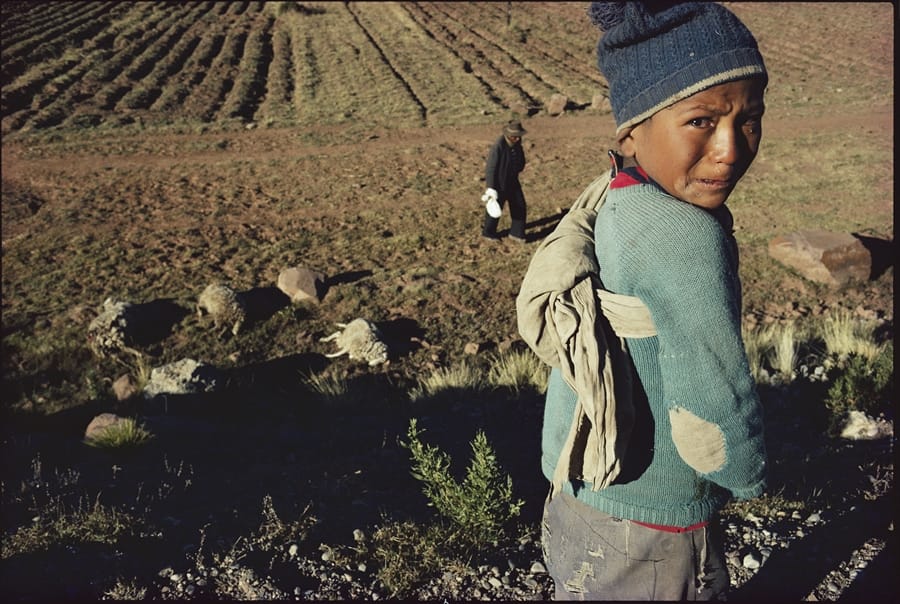I was delighted to hear this feedback from a participant in a Giving Game workshop I ran for a group at the First Unitarian Universalist Church of Columbus in late July. Participants in a Giving Game learn about a couple of pre-selected charities, think about and discuss what methods and metrics they should use to select a charity, and then vote on what charity will get a real donation. The donation is sponsored by an outside party, typically The Life You Can Save, which donates $10 per participant to the charity that wins the vote. Anyone who comes to a Giving Game is guaranteed $10 being given to a charity without paying a penny, while discussing how they can enact their values and improve the world through making the most impactful gifts.
Intentional Insights (InIn), which popularizes science-based strategies for effective giving and rational thinking, has been collaborating with The Life You Can Save to promote Giving Games to diverse values-based communities, including both secular groups, and more recently, Unitarian Universalists. Unitarian Universalism sUnitarian Universalism is a progressive religious denomination without a central creed, focusing instead on a shared search for spiritual growth. As social justice activism and a focus on truth and reason are major areas of focus for UUs, InIn and The Life You Can Save decided to promote Giving Games to this denomination, which comprise about .3% of the U.S. population, or 900,000 people.
How Do We Show Our Care For Humanity?
We framed this workshop in language that would be applicable to UUs. We focused on how UUs care deeply about the fate of humanity. We discussed how using our resources of time and money to make the world a better place—decreasing suffering and advancing flourishing around the globe— is the best way to truly live our values. Yet it’s hard to know how to make the world a better place, a point we emphasized in the workshop.
During the Giving Game at First UU, we went to the roots of this dilemma. The UUs who came to the workshop all described how much passion they had about making the world a better place, but had so much trouble figuring out the best place to give. One quoted Andrew Carnegie’s well-known phrase: “It’s harder to give money away intelligently than to earn it in the first place.”
There are so many worthy causes and demands on our time, energy, and money; it can sometimes feel overwhelming to decide where to spend our limited resources. Perhaps that’s why most people don’t take the time to evaluate where they give. Americans donate over $350 billion a year to charity, but shockingly little thought goes into how and where this money is given/ Two-thirds of gifts are made without any research at all, and only 3% compare the effectiveness of charities before they give.
This creates huge opportunity. By incorporating reason, science, and evidence into our charitable decision-making, we discussed how UUs can dramatically increase the amount of good their gifts accomplish. We talked about how Giving Games enable UUs to align values and actions to help donations do the most good in the world through applying the scientific method to charitable giving.
The Barriers To Giving Well
Unfortunately, the nonprofit sector is not well set up for us to apply reason to inform our giving. A large majority of communications from charities come in the form of stories, rather than data. Charities use stories because they work; they pull at the emotional heart strings of people to motivate them to give. Yet, stories tell us close to nothing about the actual effectiveness of a charity.
One example is the work of Make-A-Wish Foundation, which grants the wishes of dying children. Their work allows children to be a pirate, princess, or fighter pilot for a day, at the cost of approximately $7.5K to satisfy each wish. This charity has wonderful stories about helping dying children fulfill their dreams, which inspires people to donate over $350 million each year to the cause.
By contrast, Against Malaria Foundation saves a child’s life for about $3K. For the same amount of money as Make-A-Wish, it can save two children, giving them two lifetimes of stories. However, Against Malaria Foundation does not tell as many stories, and thus receives much less funding, despite arguably doing much better work to decrease suffering and advance global flourishing.
This problematic approach to charitable giving relates to how our brain processes information. We are strongly oriented toward believing in stories as true, regardless of whether they are or not, a phenomenon called the narrative fallacy. To counteract this problematic thinking error, we have to use an approach informed by the scientific method to evaluate charities well.
Evaluating Charitable Giving Rationally
After addressing the problems in the nonprofit sector, we talked about how we can evaluate charities effectively. Our discussion turned to the issue of overhead. Several folks indicated they used Charity Navigator, a popular charity evaluator service that uses the finances of charities as its evaluation metric.
Within the nonprofit sector, this is known as the overhead myth, and there’s even a website devoted to debunking it. While in most cases a nonprofit should not spend more than 40% on overhead, anything below that is fine and is not indicative of nonprofit quality. Best Charities need to pay their staff a fair salary that enables a decent lifestyle, and invest money into marketing and fundraising in order to achieve their missions. Moreover, some nonprofits fudge their books through questionable accounting practices, such as the Wounded Warrior Project, whose CEO and COO were fired in March 2016 over excessive spending on the organization as opposed to wounded veterans. Such accounting practices result in these nonprofits being evaluated highly by Charity Navigator, which focuses on overhead as its key evaluation metric. All this makes looking at overhead a poor evaluator of nonprofit quality.
Instead, we need to apply the scientific method to charity to get our desired outcomes. The rational approach is to see the maximum benefit we can get from our investment of resources. The key metric, then, is cost effectiveness, meaning the amount of good that a nonprofit does per dollar invested.
It’s not easy to do the research to evaluate this question for each charity you might consider. Fortunately, there are several charity evaluators that apply this scientific method to provide comparisons of charities based on in-depth research of their cost effectiveness, which we shared at the Giving Game event. GiveWell offers in-depth reports on charities addressing global poverty issues. The Life You Can Save, besides its sponsorship of Giving Games, provides an Impact Calculator that you can use to evaluate the exact impact of whatever donation you might want to make to a number of global nonprofits, and also provides a list of highly effective charities presented in a clear and engaging manner. For those concerned with animal wellbeing, Animal Charity Evaluators provides rankings of the most effective global animal welfare organizations.
The participants in the UU Giving Game expressed a great deal of interest in these organizations, and some went on their phones to visit the charity websites during the event itself. Excited about the prospect of using these “consumer report” organizations for charity, they peppered us with questions about how these organizations worked. They came away highly satisfied with the answers about these organizations—thoroughly investigating the programs and finances of each nonprofit they evaluated.
Giving Game Charity Comparison
After discussing the problems of the nonprofit sector and how to evaluate charities using reason and science, we got to the business of evaluating charities.
First, we discussed what metrics had relevance when picking charities. Participants brought up issues such as effectiveness in accomplishing the mission, good use of money, making the most positive impact in the world, serving neglected communities, addressing systemic issues, and solving important problems.
Next, we compared the charities we pre-selected on these categories. These included top-rated charities by The Life You Can Save and GiveWell, such as Against Malaria Foundation and GiveDirectly, which transfers money directly to poor families in developing countries. Other charities included Planned Parenthood, which provides various medical services for women and advocates for women’s health rights, and the National Center for Science Education, whose programs focus on defending the teaching of evolution and climate change in the classroom.
The discussion was intense and heated. Participants made passionate arguments in favor of each. Against Malaria Foundation had proponents for it most clearly matching the humanist values of saving lives, as it saves a life for $3K. GiveDirectly saves a life for $15K, but provides the additional benefit of dignity and freedom for those who get the money, and matched the values of a number of participants. Those interested in women’s rights lobbied for Planned Parenthood, and science education had a number of adherents as well.
In the end, each organization got some votes, and since each person’s vote counted for $10, all received donations.
It was interesting to see that a number of people voted for organizations they never heard of before the meeting, such as GiveDirectly and Against Malaria Foundation, over organizations which they trusted and donated to previously. When I asked them why they chose to vote that way, one person raised her hand and said she could really trust organizations such as GiveDirectly and Against Malaria Foundation because they were thoroughly evaluated by the most reputable and high-quality charity evaluators, who utilize the scientific method.
After the game, we published the results of this Giving Game on the blog of the UU Humanist Association, which unites hundreds of UU Humanist groups within UU congregations. We let them know that any UUs can organize such a Giving Game through using this UU Giving Game packet, whether as a church-wide event or Religious Education classes or Small Group Ministry meetings. We talked about how doing so is an excellent way of advancing reason-oriented social justice work, improving rational thinking around charitable giving, and building community.



